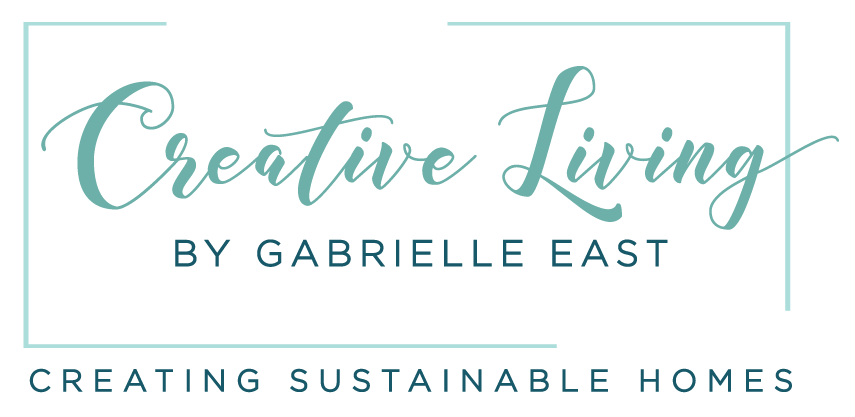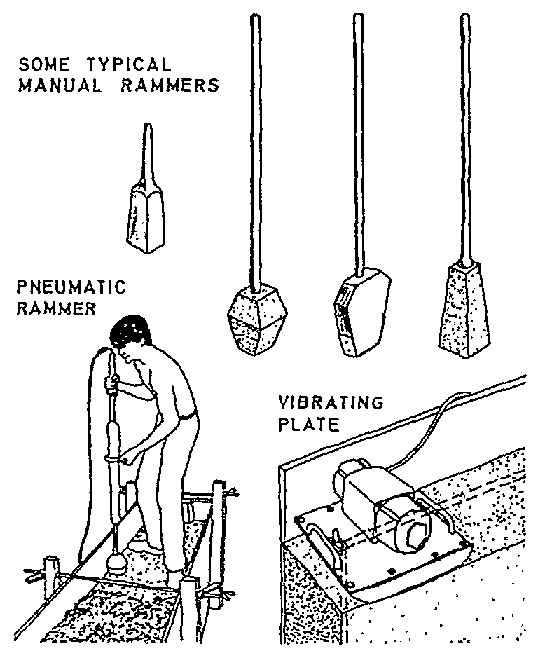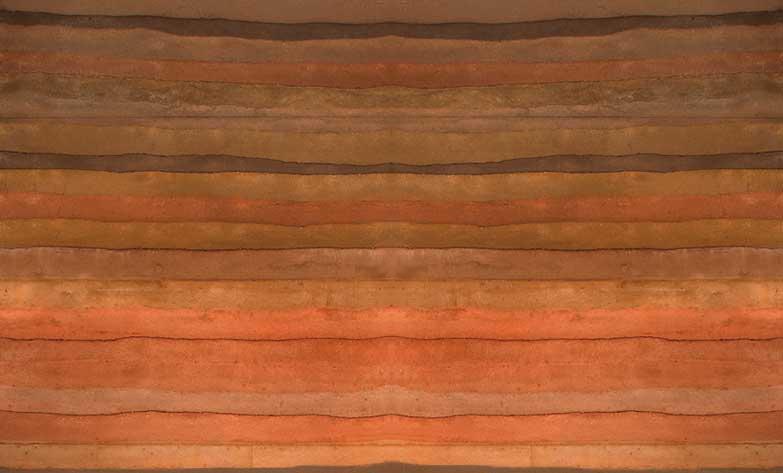rammed earth
Rammed Earth as it is commonly called, also known as Monolithic Stabilised Earth Walling, has seen a revival in recent years as people seek more sustainable building materials and natural building methods.
Rammed earth buildings are found on every continent except Antarctica. They can be found in a range of environments including the temperate and wet regions of northern Europe, the semiarid deserts, mountain areas and the tropics.
Material Used
A rammed earth wall is typically made of just compressed damp mixture of earth. This earth uses a subsoil with a mix of sand, gravel and clay, it also now has an added stabiliser such as Cement (hence the name Stabilised Earth Walls) and another admixture is also used, a waterproofing mixture such as ‘Plasticure’ which is a silicone-based mixture that is added to the mix along with water. ‘Plasticure’ reduces water absorption by over 80%. You can see the effect on the walls as the water ‘beads’ up on the surface. ‘Plasticure’ also increases the compressive strength of the walls by up to 50%. Sometimes they can add coloured oxides or other items to add a textured variety to the wall.
The mixture is mixed on site and placed in situ in the formwork. Our house was to be a limestone wall but because the limestone from a particular quarry was a bit too white, so yellow sand was added. 4 parts limestone and 1 part sand and 15% cement was used with added Plasticure.
Often people like to use a gravel mix for a more rustic look. The pea gravel, as with other aggregates, can also be added to a mix to add some texture to the finished wall.
The beauty of using natural materials is that in the past, they were often what was already on the site. This mixture then has water added to it gradually while it is being thoroughly mixed by the bobcat operator until it is at its optimal slurry. Earth is placed into the formwork usually made of wood or plywood, to act as a mould for the desired shape and dimensions of each wall section. There is also available a flexi formwork which allows you to build not only straight walls but also cost effective curved walls to any size and circumference. The form must be sturdy and well braced, and the two opposing wall faces clamped together, to prevent bulging or deformation from the large compression forces involved.
The earth is then “rammed” with hand-held pneumatic rammers or tampers. This used to be done with just a long ramming pole and was very labour-intensive.
The amount of material poured in is normally about 10 -25cm which is then compacted to around 50% of its original height. This is continued in batches gradually building the wall up to the top of the formwork. More formwork is set above and the same process is repeated until the wall is completed.
Rammed earth external walls are normally about 300mm thick and internals are mostly 200mm.
A permeable sealer is often used on both the inside and the outside of the finished walls. Inside a product like ‘Bondcrete’ can be applied with an applicator (eg roller). For the outside walls there is a relatively new type of sealant that has an added benefit of being anti-graffiti (expensive of course). This is sprayed onto the walls until it beads.
Environmental Impact
Rammed earth is one of the most environmentally-friendly and energy-efficient of construction materials. It has very little impact on the environment both in its production for use as a building material and it’s lifetime as part of a building. Most of the energy used is in quarrying the raw material and transporting it to the site.
There is no other energy usage in its production like other building materials, eg. firing of bricks, and therefore no pollutant discharge. This means that Rammed Earth's embodied energy is approximately one twentieth of the embodied energy required to construct a brick house. The only materials that are left behind will be the left over soil that was used in its formulation. (As long as the cement bags are disposed of!)
It also reduces the need for other wall structures, eg, framework, sarking/wallwrap, insulation, ‘Gyprock’, plastering, paint, all helping with lowering emissions created from the manufacturing of these products.













